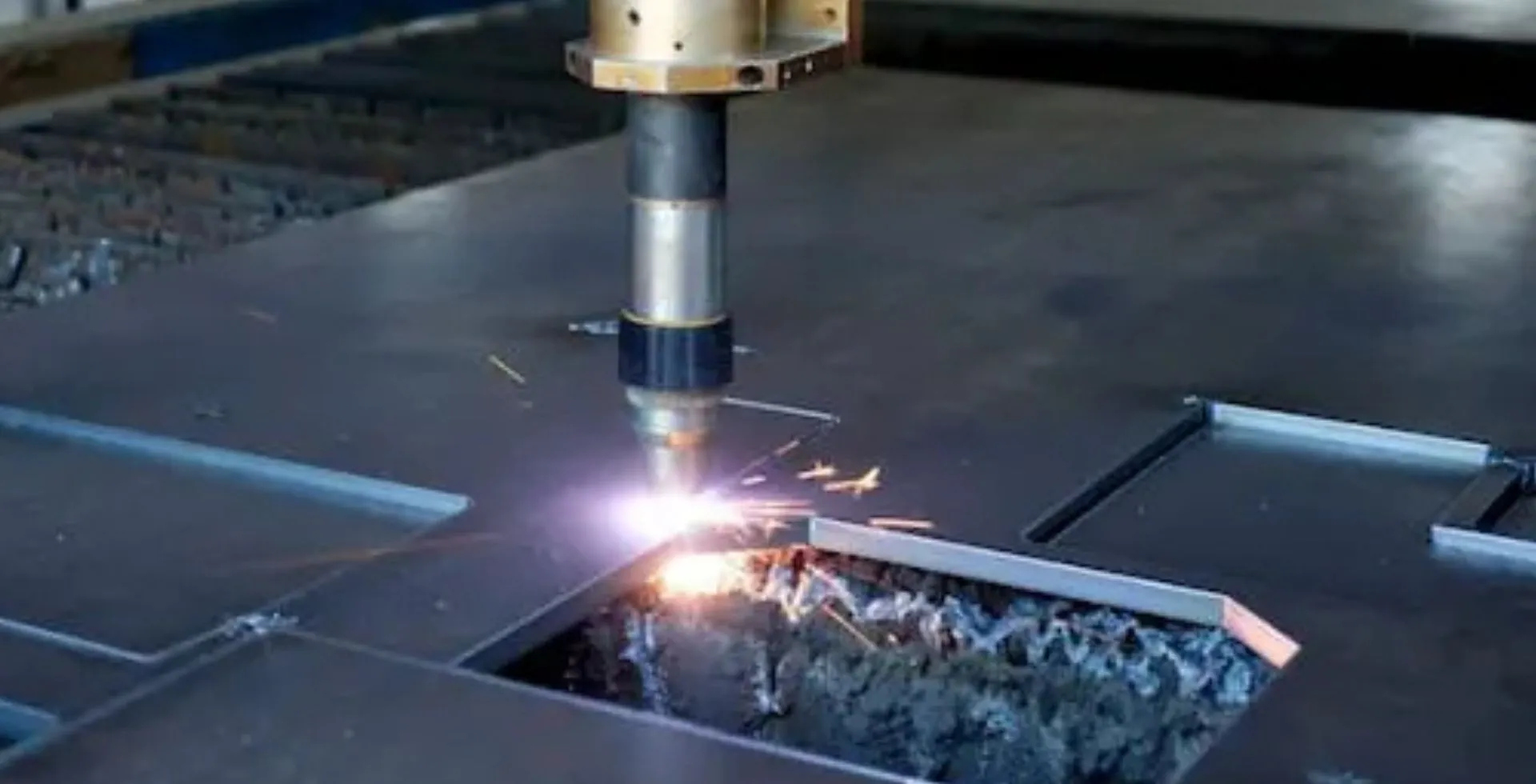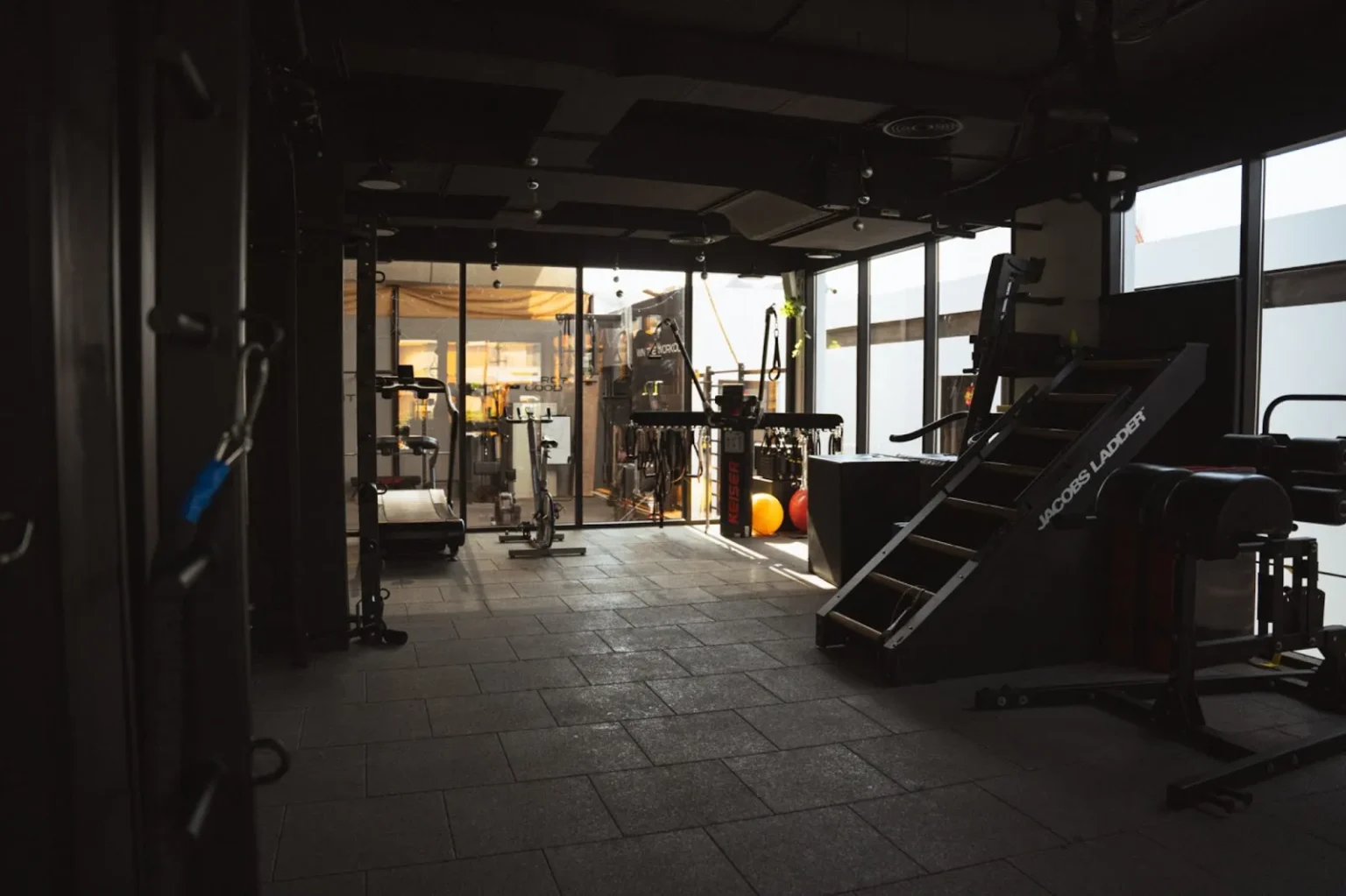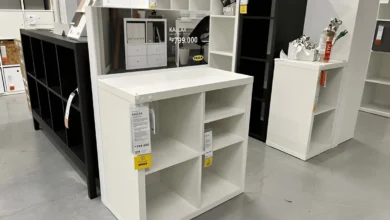
The area of the modern era’s precision machining has been continuously enhanced by the development of CNC plasma cutting technology. It is facing exceptional amounts of growth owing to fast progress in technologies.
CNC plasma cutting technology will further evolve into fields such as work automation, system development, intelligent manufacturing, and material application, thereby introducing new transformations and possibilities to fields like precision part manufacturing and CNC machining.
Principles of Plasma Cutting and CNC
To comprehend how CNC plasma cutting technology has progressed in areas such as precision part manufacturing and CNC machining, one must first have knowledge of their key technologies.
Plasma cutting is a thermal cutting process that uses high-temperature plasma to cut conductive materials. Its main principle is the fourth state of matter: plasma. Through ionization, i.e., Gas (mostly air or a specific gas composition) is transformed to a conductive plasma, creating an arc between the electrode and the workpiece.
The gas is heated and becomes an extremely electrically conductive medium called plasma. Subsequently, the plasma arc begins to conduct electrical current through the gas. Hence, the cutting process starts with the gas heating to the ionization level, causing a high-speed jet to form with a temperature going over 20,000 degrees Celsius (or even up to 30,000 degrees Fahrenheit).
On the other hand, introductory information is regarding Computer Numerical Control (CNC), which is the technology of the machine that the computer gives the orders to cut the metal. The part designs are made in the CAD software and then converted to G-code, which is a code that the CNC machine can understand.
CNC controller steers the plasma torch to move on the cutting table by following the G-code instructions, ensuring the precise slashing of every line, angle, and curve.
What Are the Future Development Trends of CNC Plasma Cutting Technology?
The development of CNC plasma cutting technology exhibits multifaceted trends, particularly in the following dimensions:
Integration of Automation and Robotics: The main trend in this area is to switch automation and robotics using CNC plasma cutting systems. In other words, the HMI panels installed close to the machines are to be used for remote possibility and visual communication, which eventually will decrease human interference, resulting in increased machine productivity, especially in large-scale manufacturing sites.
Development of Higher-Definition Plasma Cutting Systems: These systems not only produce less angled bevels on cut surfaces and smoother edge quality but also enable the user to cut in a finer size thus competing with, for instance, laser cutting in certain applications.
Impact of Intelligent Manufacturing: The CNC systems are becoming more intertwined, thus enabling real-time monitoring and data-driven decision-making. Also, predictive maintenance will be possible, enabling the machines to predict potential issues before they actually occur. This will reduce downtime and improve overall efficiency.
Cloud-based software makes it more convenient to manage more than one machine and to optimize production lines.
Potential Developments in Materials and Applications: Although plasma cutting is primarily employed for cutting metals such as steel, stainless steel, and aluminium, future research may include new alloys or composite materials to widen its application.
The next identified development in this area may be 3D plasma cutting that will allow for the production of much more complex shapes and geometries than the axially obtained ones.
Why Does CNC Plasma Cutting Technology Continue to Develop?
CNC plasma cutting technology is still developing because it has many blessings, advantages, and exciting applications to businesses and most customers. Here are a few of the main examples:
The above is likely a pull or Productivity which produces the definition of faster cutting speeds of as much as two dozen feet per minute. When ordinary carbon steel is cut into a thin sheet, its speed may be a few times that of an oxygen cutting, with the cutting efficiency exceeding 10m/min.
The cost process is Lumens not going to cost hard at all. Automation will enable machines to be controlled by a few people through computer operation or a fully unmanned mode that saves labor costs. Precision is considered to be the ability to cut objects shaped with accuracy and tight tolerance that is done manually and often seems impossible.
Moreover, CNC automation can allow for faster cutting and quicker production, especially for repetitive tasks, which can thereby improve work efficiency.
It also wins the battle of quality, as items made from these materials can be used for a long time without fear of wear and tear. It has the ability to melt through many different conductive materials, including steel, such as low—and high-carbon steel(austenitic stainless steel), as well as other metals, such as aluminium and brass.
Core the following sentence more: Moreover, it has a function that will support the cutting of different materials of different thicknesses. Years of development in high-power plasma cutting technology have made cutting the thickness up to 15mm. The plasma of a CNC system is precise enough to make the complex designs correct and neat to give no room for defects.
The results of fine plasma cutting are indistinguishable from those of laser cutting. The latter allows for a more optimal location of parts on the cutting table, allowing for further minimisation of material waste.
Operation and Environment: It is characterized by easy operation and low labour intensity. Specifically, water cutting is a process that removes not only loud sounds but also dust, harmful gases, and arc pollution, thus improving the quality of the environment and the workplace of the workers.
Wide Range of Applications: The main sectors where this is used the most are automotive, construction, manufacturing, art, and home decoration. For example, cutting custom metal signages, art and sculpture, automotive parts, decorative metal products, and industrial parts are some of the applications. It is also used in automotive repair, salvage and scrapping operations, and industrial construction.
From the earliest versions of the 1950s to the present CNC and robotic systems, plasma cutting has undergone tremendous changes. In spite of the changes in technology, the advent of plasma cutting has remained a pivotal area of technology, which will play a significant role in the future. In the future, it might link up with artificial intelligence and translators to achieve automation and better manufacturing precision.
It would bring about a radical revolution in the field of precision manufacturing. Simultaneously, its application areas will get broader. Old industrial manufacturing will be part of it, but these days, more than ever, it is becoming important in cutting-edge domains such as aerospace and new energy development, so plasma cutting will be one of the main forces for global industrial development through the years to come.













